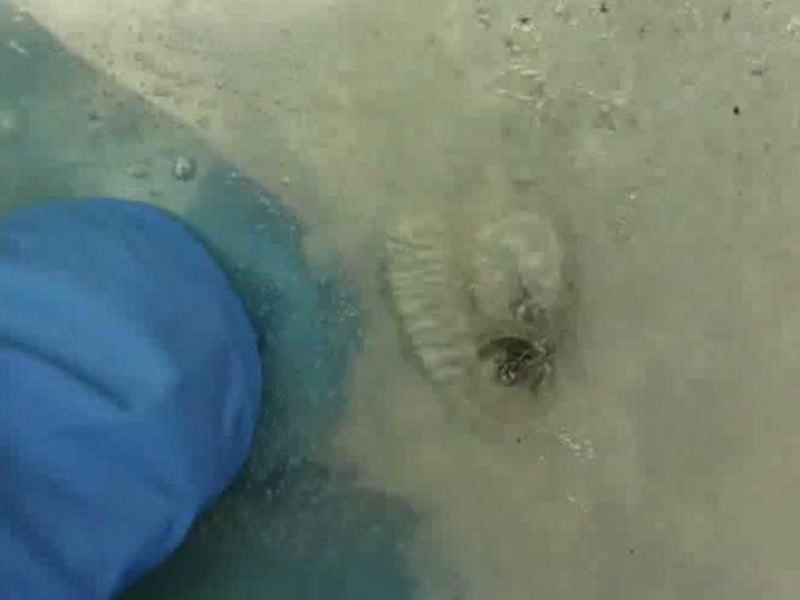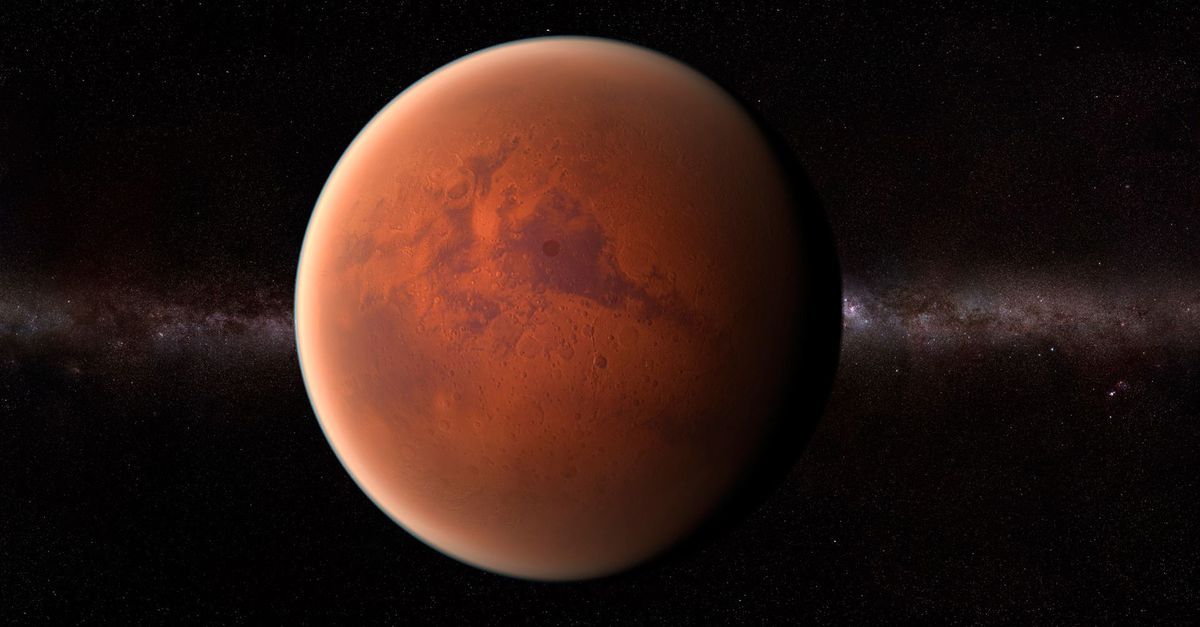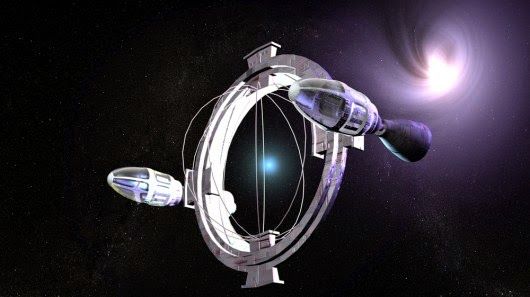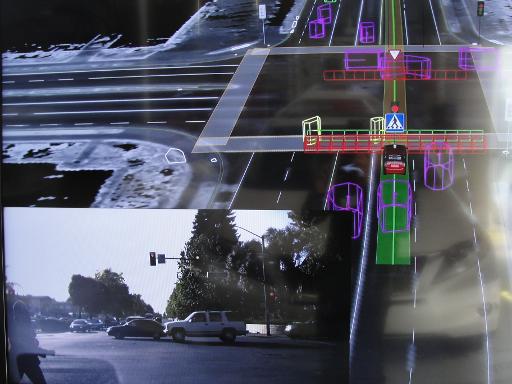Aug 28, 2015
Terminator-style ‘skin’ quickly repairs itself after a gunshot | New Scientist
Posted by Shailesh Prasad in categories: habitats, materials, space
Other self-healing plastics exist, but they take much longer to repair themselves. The ability to instantly plug holes could be especially useful to protect structures in space, where flying objects can puncture spacecraft or orbiting habitats. The plastic could be incorporated into their walls, creating a seal if the atmosphere inside a vessel starts to leak out, putting astronauts at risk.
Other fabrics take a different approach: stopping projectiles altogether. A futuristic tissue combining human skin cells with spider silk can cushion a gunshot when fired at half speed. Pure graphene, which is made up of layers of carbon one-atom thick, is being investigated for use in bulletproof armour because it can handle blows better than steel.
Continue reading “Terminator-style 'skin' quickly repairs itself after a gunshot | New Scientist” »















